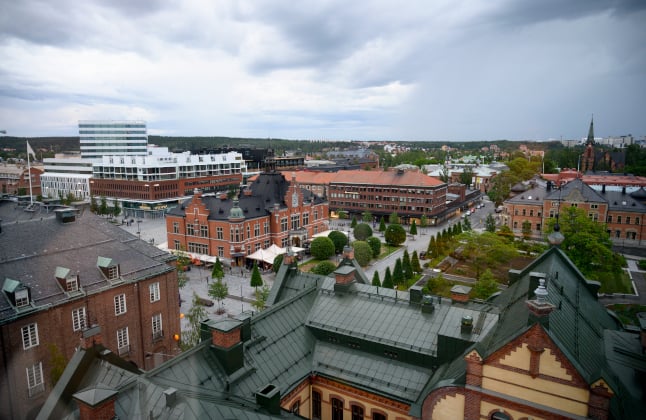The EEA published The European city air quality viewer, an interactive tool showing the air pollution levels in 323 cities in Europe. Air pollution is the biggest environmental health risk according to the EEA.
“This city air quality viewer allows citizens to see for themselves in an easy-to-use way how their city is doing compared to others on air pollution. It provides concrete and local information which can empower citizens towards their local authorities to address the issues,” says Hans Bruyninckx, the executive director of the EEA.
The cleanest air out of all these cities can be found in northern Sweden, in the city of Umeå, which has a level of 3,7 micrograms of fine particulate matter, known as PM 2.5, per cubic metre of air.
The EEA’s classification of air quality defines four levels of air quality: “good”, “moderate”, “poor” and “very poor”, with “good air” defined as having under 10 micrograms of particulate matter per cubic meter.
Only 127 out of the 323 cities in Europe are found to pass the limit of “good air” set by both the EU and the WHO.
All of the Swedish cities included in the study – Uppsala, Stockholm, Gothenburg and Malmo as well as Umeå, had “good air” according to the report. Uppsala ranked 6th out of the 323 countries tested, while Stockholm ranked 9th, Gothenburg 23rd and Malmö 93rd.
Second and third in the EEA’s ranking are Tammerfors in Finland and Funchal in Portugal.
“Very poor air” was defined as over 25 micrograms of particulate matter per cubic meter of air and five cities on the index are considered to meet this standard. Worst of all were Nowy Sacz in Poland, where 27.3 micrograms of particles were found per cubic meter of air, Cremona in Italy and Slavonski Brod in Croatia.
Despite a reduction in emissions during the Covid-19 pandemic, the remaining 196 countries were all found to have above acceptable levels of air pollution. While lower levels of commuting have led to a decrease in levels of nitrogen dioxide in the atmosphere, levels of particulate matter have remained stagnant.
The EEA’s experts said that emissions of particulate matter are the result of many different processes, including combustion of fuel for heating of homes, industry, and agriculture.
“White air quality has improved markedly over the past years, air pollution remains stubbornly high in many cities across Europe,” says Bruyninckx.
Last year, an EEA report found that Europe’s air has gotten cleaner in the last decade, but that the bad air caused 417 000 premature deaths across 41 countries in 2018 alone.
A similar study in The Lancet Planetary Health earlier this year found that air pollution causes around 200 000 premature deaths per year in Europe. They stated that if the pollution was lowered across Europe to below the limit of 10 micrograms per cubic meters, the levels recommended by the WHO, around 52 000 deaths could be avoided each year.



 Please whitelist us to continue reading.
Please whitelist us to continue reading.
Member comments